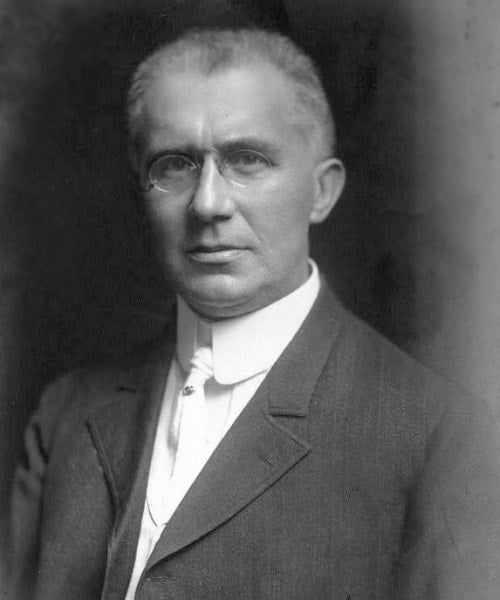Microphone madness
by Paul McGowan
Without microphones we'd not have much in the way of recorded music. We'd instead be stuck back in the days of yelling into a horn in the hopes of directly moving a cutting head. This was the state of recording onto wax cylinders when Edison was inventing them.
At about the same time Edison was yelling into his phono cylinders, another inventor, Emile Berliner, had managed to leapfrog Edison in two major ways: the invention of the carbon microphone and the flat disc we now know of as an LP.
Berliner, while working in a livery stable, came up with the idea of using carbon granules to regulate an electrical voltage in response to sound. He invented what became known as the carbon microphone (and as is almost always the case, two other inventors—Edison and David Edward Hughes—were also working on the same idea).
Carbon makes for a good resistor. In my early days of designing audio equipment, we used only carbon resistors.
Berliner, relying upon carbon's resistive nature, sandwiched a handful of ground-up carbon granules between two round metal discs, each with an outside diameter of a few inches. The rear disc had a thickness similar to that of a tin can, while the front disc was extremely thin and flexible. Using a battery for a power source, a current was passed between the two-plate-carbon sandwich. The amount of that current was regulated by the resistance of the carbon (itself regulated by the distance between the loosely gathered carbon granules).
This formed the first microphone (or transmitter as it was then called). When a source of sound came close enough to the microphone's front metal disc, sound pressure flexed in and out the thin front metal plate. This compressed and decompressed the sandwiched carbon granules, thus changing their resistance. As we remember, a changing resistance in the path of a current changes the voltage.
Bingo! A changing voltage in response to sound. A microphone.
Today, Edison is credited with the microphone's discovery but only because he was a notorious prick when it came to sharing credit or having his ideas challenged (just ask poor Nikola Tesla or any of the hundreds of animals and people he electrocuted - wait, can't do that because they are dead :)). The two battled it out in the courts and Berliner lost.
A calmer view of history suggests that really the first microphone was invented by Hughes, but I wanted to write about Berliner because of his greater contributions to the recording of music: the invention of the flat phonorecord and its vertical cutting head, not to mention founding The Gramaphone company (including Deutsche Gramophone), and the Victor Talking Machine Company that would one day become RCA Victor.
In fact, one could argue that Berliner's microphone, coupled with his flat vinyl discs and the fact they could, for the first time in history, be easily duplicated, single-handedly invented what we all love today, recorded music.
- Choosing a selection results in a full page refresh.
- Opens in a new window.








